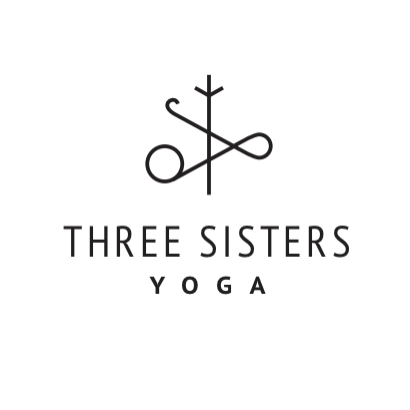My son is reading The Crucible in class and he came home in a bit of a rage the other day yelling, “Why can’t we just read a book without it being a thing!”
Apparently one of his classmates thought some of the language and choices Arthur Miller made objectionable. His classmate felt that, because the book made him uncomfortable, he shouldn’t have to read it.
My son said, “What’s the big deal? What’s wrong with being uncomfortable?”
What is wrong with being uncomfortable?
Maybe it’s because The Good is often depicted as a life of ease and comfort. We tend to conflate difficult or uncomfortable things as negative, and therefore something to avoid. But difficult things aren’t good or bad, they just are. How we feel about difficulty gives it the quality of “good” or “bad.” If I enjoy the work, the challenge can be gratifying, enjoyable. If I don’t, then it won’t.
LIkewise, uncomfortable things are not all bad because all discomfort is not the same. “Ouch! I think this is infected,” is not the same thing as being challenged by an idea, a work of art, or a yoga pose. We have to be discerning.
And sometimes we need tension. We need a little discomfort to challenge us, to get us thinking, to motivate us. When I first started doing yoga, I was pretty high strung, a classic “perfectionist.” I wouldn’t go to class unless the conditions were just right; I was well rested, hydrated, confident, etc. I only went when I felt I could perform well. My need to be “perfect” was so intense there were days I would literally be at the studio, with my hand on the door, and I would turn around and leave!
Then, one day, after months of practice, I somehow wore myself down. Instead of turning away at the door, I gave in. I said, “Just go. It’s not going to be your best class, but you’re here, so just go.”
This tiny little act was a major turning point in my life. That little friction, that little permission, cracked opened a window for me. It let in a little bit of light. And that light made me want to open the window wider. It made me curious about what was on the other side of “perfect.”
I have been learning how to be OK with being messy and uncomfortable ever since. I am so grateful for this lesson. Because not only has it probably helped lower my blood pressure, but I am more relaxed and more adaptable now. I am more curious and open minded. I am more brave. And my life is genuinely easier and more enjoyable.
There is no one cure-all for the woes of being a human, and I am in no position to give advice on how to live your human life, but I will say this; if you have a practice that encourages you to take a breath and give yourself grace, keep doing it. If you have a practice that helps you manage hard things and sit in discomfort, stick with it. If you have a practice that helps you learn the difference between things you need to fight for and things you can let go, please, keep doing it.
And if you haven’t found that practice yet, keep looking.
